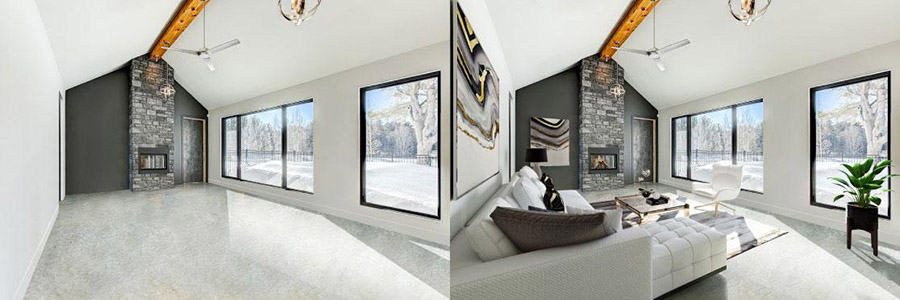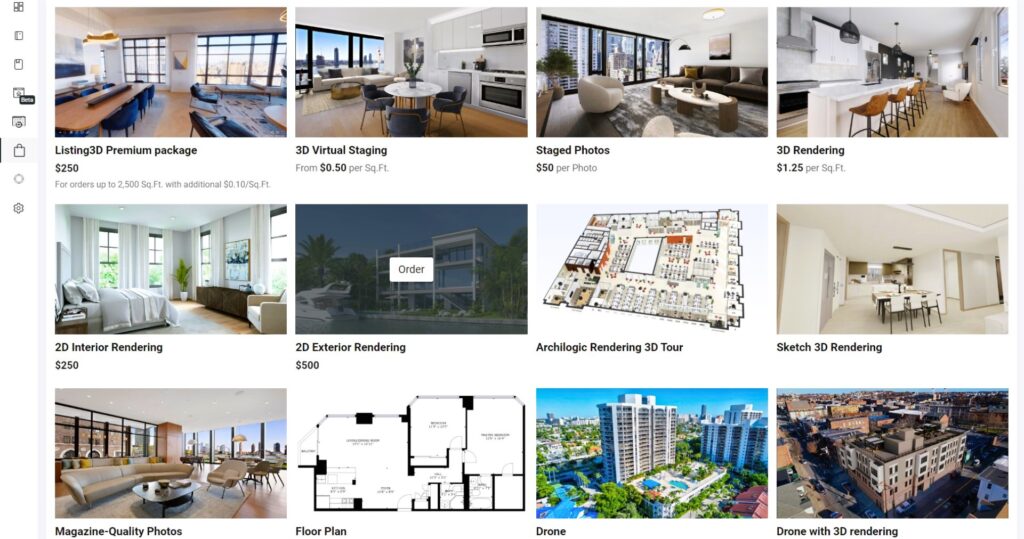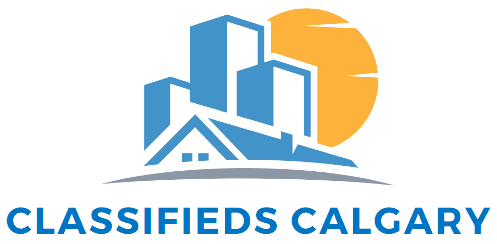In the fast-paced world of real estate, captivating potential buyers is paramount to successful sales. With the ever-increasing reliance on online platforms for property hunting, real estate professionals are continually seeking innovative methods to showcase properties effectively. Two cutting-edge technologies that have revolutionized the industry are virtual staging and 3D rendering. By seamlessly integrating these technologies into real estate listings, agents can elevate the presentation of properties, attract a wider audience, and streamline the buying process. This article explores the significance of virtual staging and 3D rendering in enhancing real estate listings, focusing on their benefits, applications, and the role they play in shaping the future of property marketing.
I. Understanding Virtual Staging
Virtual staging is the process of digitally furnishing and decorating properties to create a realistic representation of their potential. Unlike traditional staging, which involves physically arranging furniture and decor in a property, virtual staging is entirely computer-generated. Real estate professionals can utilize specialized software to select and place furniture, artwork, and other elements into images of empty rooms, thereby giving potential buyers a glimpse of how the space could be utilized.
A. The Benefits of Virtual Staging
- Cost-Effectiveness: Traditional staging can be expensive, involving rental fees, transportation costs, and labor expenses. Virtual staging significantly reduces these overheads, making it a cost-effective alternative.
- Time-Efficient: Traditional staging can take days or even weeks to set up and dismantle. Virtual staging, on the other hand, can be completed swiftly, allowing properties to be listed sooner.
- Customization: Virtual staging allows for limitless customization options, enabling agents to tailor designs to suit various buyer preferences and demographics.
- Visualizing Potential: Virtual staging empowers buyers to visualize the possibilities of a space, increasing their emotional connection to the property and boosting the likelihood of a sale.

B. Applications of Virtual Staging
- Vacant Properties: For vacant properties, virtual staging breathes life into the images, providing buyers with a better sense of scale and purpose for each room.
- Renovation Visualization: Virtual staging is invaluable for properties undergoing renovations, allowing buyers to see the potential of the space beyond its current state.
- Style Flexibility: Agents can cater to diverse buyer tastes by virtually staging properties in different styles, whether it’s contemporary, traditional, or eclectic.
II. The Power of 3D Rendering
3D rendering is a transformative technology that converts two-dimensional images into realistic three-dimensional representations. By creating lifelike visuals, 3D rendering allows potential buyers to virtually explore properties from every angle, inside and out, creating a more immersive and engaging experience.
A. The Advantages of 3D Rendering
- Enhanced Visual Communication: 3D rendering facilitates better communication between agents, buyers, and sellers by providing a shared visual language for understanding property features.
- Remote Viewing: With 3D rendering, buyers can explore a property remotely, saving time and money on physical visits while broadening the pool of potential buyers from beyond local markets.
- Architectural Visualization: For new developments or off-plan properties, 3D rendering helps buyers grasp the architectural design and layout, aiding in making informed decisions. If you are thinking about buying property in Calgary, but live in another city, then we have a special guide for you.
B. Applications of 3D Rendering
- Virtual Tours: 3D rendering enables the creation of virtual tours, where buyers can navigate through the property as if they were physically present.
- Exterior Visualization: Prospective buyers can view the property’s exterior from various angles, giving them a comprehensive sense of the property’s curb appeal.
- Interior Walkthroughs: 3D rendering allows for detailed interior walkthroughs, showcasing each room and highlighting key features.
The Synergy of Virtual Staging and 3D Rendering
When virtual staging and 3D rendering are combined, the result is a potent marketing tool for real estate professionals. The synergy between these technologies maximizes the impact of property listings, presenting homes in their best light and attracting a broader audience. Through virtual staging, buyers can envision a property’s potential, while 3D rendering provides an immersive experience that transcends traditional static images.
A. Expanding Market Reach
The use of virtual staging and 3D rendering in real estate listings transcends geographical boundaries. With online platforms as the new battleground for property sales, these technologies enable agents to appeal to international buyers, investors, and individuals relocating from afar.
B. Increased Buyer Engagement
By offering interactive and visually compelling content, virtual staging and 3D rendering captivate potential buyers, increasing their engagement and emotional investment in the property. This heightened interest can lead to more inquiries, viewings, and ultimately, quicker sales.

The Future of Real Estate Marketing
As technology continues to advance, the role of virtual staging and 3D rendering in real estate marketing will only become more prominent. Potential buyers will come to expect more immersive and interactive experiences when searching for properties online. The convenience, cost-effectiveness, and visual appeal of virtual staging and 3D rendering will undoubtedly solidify their place as indispensable tools in the real estate industry.
Conclusion
Virtual staging and 3D rendering have emerged as game-changers in the real estate market. By virtually furnishing properties and providing realistic three-dimensional representations, these technologies enrich property listings, capturing the attention of buyers in an increasingly competitive market. The benefits of virtual staging and 3D rendering, such as cost-effectiveness, customization, and increased buyer engagement, are reshaping the way properties are marketed and sold. As technology continues to evolve, their integration into real estate listings will become not just a trend but an industry standard, benefiting both buyers and sellers alike.
For more information on virtual staging and 3D rendering, you can visit the official websites of standardization authorities like Canada.ca. These sources provide comprehensive insights into the technologies and their impact on the real estate market.


